Akoya Vs. South Sea Pearls - Which is Right For You?

Let me guess; you must be faced with the following questions. Should I acquire an Akoya or South sea pearl? Which is a better choice? Simply put, Akoya pearls are relatively small and very popular. But South sea pearls are scarce, expensive, and relatively significant. They're both high-quality seawater pearls and can be used to make stunning and meaningful jewelry pieces. So, which is right for you? To answer this in detail, let's dig deeper.

What are Akoya pearls?
The embodiment of grandeur and style, the Akoya pearl is a must for every lady's jewelry box. Akoya pearls are cultured seawater pearls cultivated from the Akoya oysters (Pinctada fucata). Their almost perfect round shapes, shiny luster, and neural colors make them the classic pearl used for most jewelry, especially necklaces.
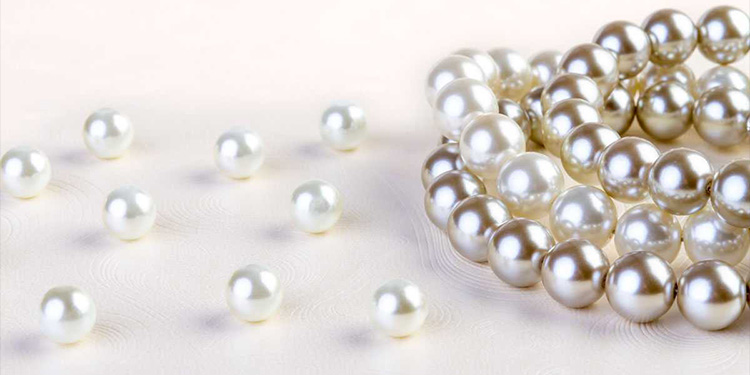
Akoyas were the first-ever cultured pearls. In 1893, Kokichi Mikimoto produced the Akoya pearls by developing a unique method for cultivating pearls inside the Akoya; this method involved introducing irritants by hand into the oysters to spur them into producing pearls. Initially, a small quantity of these pearls was exported to Europe and the United States. But by the mid-1900s, the emergence of the Akoya pearls significantly impacted the entire pearl industry and, in turn, negatively affected the value of natural pearls.
Presently, Akoya pearls are primarily cultivated in farms around the Pacific Ocean in Japan, Vietnam, Australia, and China. So, why the Pacific Ocean? The low temperatures of the Pacific Ocean are the main reason the Akoya pearls have a "mirror-like" shiny luster. The lower temperatures of the oceans decelerate the Akoya's metabolism, which in turn causes the nacre found near the bead nucleus to congest very strongly together in side-by-side layers. These congested layers are what make the pearls appear brighter and sharper.

Finally, similar to how things seem in our universe, not all Akoya pearls are perfectly round or have "mirror-like" lusters. The entire cultivation process of Akoya pearls takes around 10-18 months, and about ½ of all Akoya Pearls make it past the nucleation process alone. Yet, back less than
Six percent of the pearls cultivated by the oyster left are considered good enough for use in the jewelry industry. Akoya pearls are as small as 1 mm up to the rare 10-11 mm.
What are south sea pearls?
South Sea Pearls are the most sought-after pearls in the world, also known as the "Rolls Royce" of pearls. South sea pearls are saltwater pearls cultivated from oysters called Pinctada maxima. Their uniquely large sizes and perfection make them one of the most luxurious pearls.

The origins of South Sea pearls can be traced to many locations. The white-colored variants can be traced to Australia and Indonesia; the golden variants are Indonesia, the Philippines, and Myanmar. The popularity of South Sea Pearls stretches back thousands of years when the locals concluded that they possessed supernatural powers, even using them in prophetic activities. These people used these pearls for adornments and as legal tender.

However, it wasn't until between the 1500s - 1600s, when European explorers landed on the shores of the South Pacific, that these luxurious pearls gained popularity worldwide. To the degree that the Western World's insatiable demand almost drove South Sea pearl-producing oysters to extinction between the 1700s - 1800s

South sea pearls are cultured in saltwater and feature thicker nacre layers than most other existing pearls, at about 2-4mm thick. Also, they're bead nucleated as other saltwater oysters. They exist in colors ranging from white to gold and have a luster that can be depicted as soft-silky, classy and luxurious. Each pearl is cultivated for about 2-4 years, and they have an average size between 8mm-16mm.

South Sea pearls now account for around 10% of the saltwater cultivated pearl market in terms of monetary value.
What are the differences between Akoya vs. south sea pearls?

Size
Size is a significant difference between the Akoya and South Sea pearls. Akoya pearls exist mainly in sizes ranging from 2mm to 11mm. Typically, a size below 5.5mm, when used for a necklace, appears too small to be called a stand and resembles a chain.
South Sea Pearls, however, exist in much larger sizes owing to the much larger oysters they're harvested from. South Sea Pearl's sizes typically range between 9-16mm, but sometimes they reach sizes up to 20mm.
Oyster
Firstly, like every other pearl, seawater pearls are produced by unique oysters living in various places on the world's seas.

Akoya Pearls are made from the Pinctada fucata oyster, nurtured and cultivated around the Pacific Ocean, especially in Japan. The Akoya oyster (Pinctada fucata) is known as "Akoya Gai" in Japan, thus the name Akoya Pearl.
While the great majority of white South Sea Pearls originate from areas off Australia's coast, the Pinctada Maxima, a native of this area, is significantly more extensive than the Japanese Pinctada fucata oyster. It generates enormous pearls since it is a giant oyster.
Shape
Akoya pearls are renowned for their perfectly round to almost round shapes. However, you can find South sea pearls in many different shapes. Only about 20% of every harvest is perfectly round or nearly round, making perfectly round south sea pearls rare and expensive. Most of the harvest is baroque pearls which are famous for their unique, organic shapes but are less sought after than the round ones.

Color
Akoya pearls exist in colors other than white, ranging from silver to silver-blue, golden, and different colors. However, the most popular Akoya pearl color is the classic white shade mixed with rose, cream, and silver touches.

On the other hand, South sea pearls exist in several brilliant, beautiful colors. The silver-lipped oyster produces pearls with silver, white, aqua, and blue shades, while the golden-lipped oyster produces golden, champagne, and cream shades.

Value
When comparing the prices of Akoya and South Sea Pearls, it is essential to use pearls of the same luster, shape, and cleanliness (or lack of blemishes). It is common for high-quality South Sea Pearls necklaces to cost between $400 and $300,000, while Akoya Pearl Prices Range from $100 to $10,000.
Popularity
Both seawater pearls are famous for different reasons. Akoyas are very popular due to their brilliant luster and the high level of branding achieved by their founder. South sea pearls, however, are cherished for their beauty, scarcity, and uniquely large sizes.

How to choose the suitable pearls for you?
Budget
Let's be honest; price is the critical factor. A strand of pearl necklace can cost anywhere between $35 to $300,000, so being aware of the different kinds of pearls and pearl prices can help you choose the suitable pearls more quicker. The table below will help you make an informed decision:
Pearl Kind | Price Range |
Akoya Pearls | $100 - $10,000 |
South Sea Pearls | $400- $300,000 |
Freshwater Pearls | $35 - $1500 |
Tahitian Pearls | $120 - $10,000 |
Pearls are typically graded as A, AA, AAA, or AAA+, with AAA+ being the highest quality. The differences between, for instance, AA and AAA are often lost on the ordinary person, so if AA is the best you can manage on your budget, go for it.

Dressing style
Although pearls are labeled a classic jewelry ornament, they are incredibly adaptable and can completely complement any style. Whether you choose an Akoya or South Sea pearl bracelet, necklace, or earrings, pearl jewelry complements any overall outfit.
However, you will soon realize that Akoya pearls stand out even more with their dazzling luster when paired with glittering diamonds. At the same time, South sea pearls are frequently matched with statement pieces such as beaded necklaces and bracelets, as well as contemporary pendants and earrings.

Personal preference
When purchasing pearl jewelry, there are several variables to consider. However, it all boils down to your personal preference. A wholly round or rounded pendant costs more than a circular pendant. Size also matters; an enormous pearl will cost more than an average-sized pearl. However, If you're unsure of the right pearl, you can always consult with a loved one.
occasion
Your Color
Never before has there been such a diverse choice of pearl hues available. White is a timeless and adaptable hue; many people feel that a woman's first pearl necklace should always be white. "Black" pearls are not black, but rather dark colors of gray, greens, and blues that create an exotic effect that complements darker skin tones exceptionally well. While pastel tones like pink, peach, and lavender are sweet and feminine, making them ideal for spring and summer wardrobes, you can also use them to create a sophisticated appearance when paired with the right outfit.

Conclusion
And there you have it! As said before, pearls are currently one of the most popular gems in the fashion industry; therefore, it's common to see buyers need clarification to decide whether to buy the Akoya or South sea pearls. Fortunately, this comprehensive article has explained the differences between the Akoya and South Sea Pearls.
Pearls are easily the most sought-after gem in the fashion world these days. There needs to be more clarity for buyers over the differences between Akoya and South Sea Pearls. Understanding the advantages and properties of each of these pearl varieties is best.


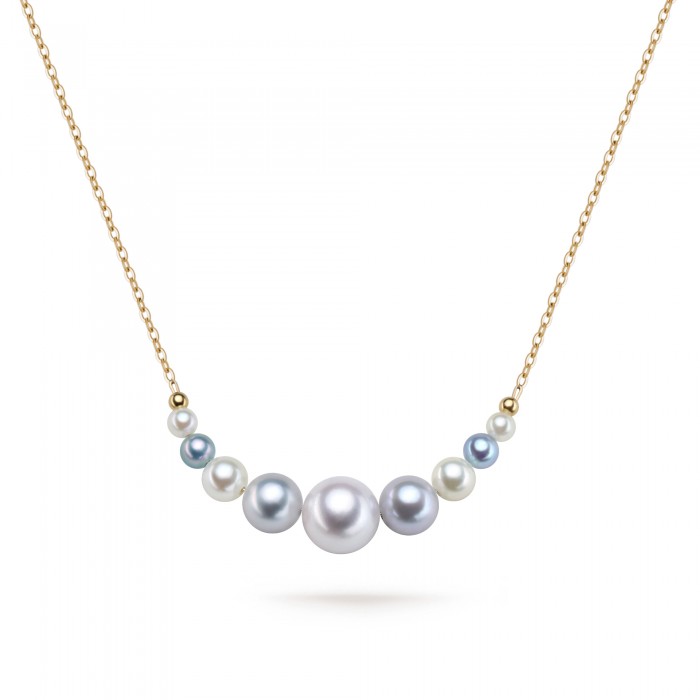
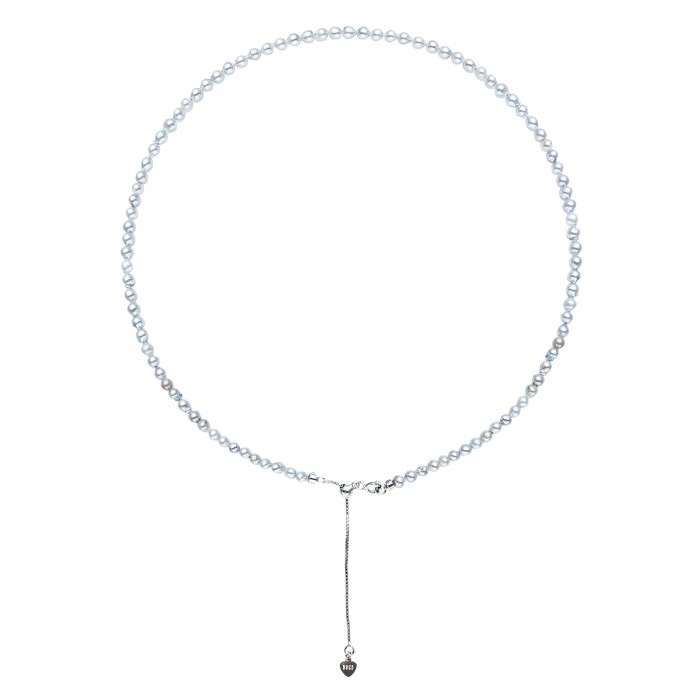
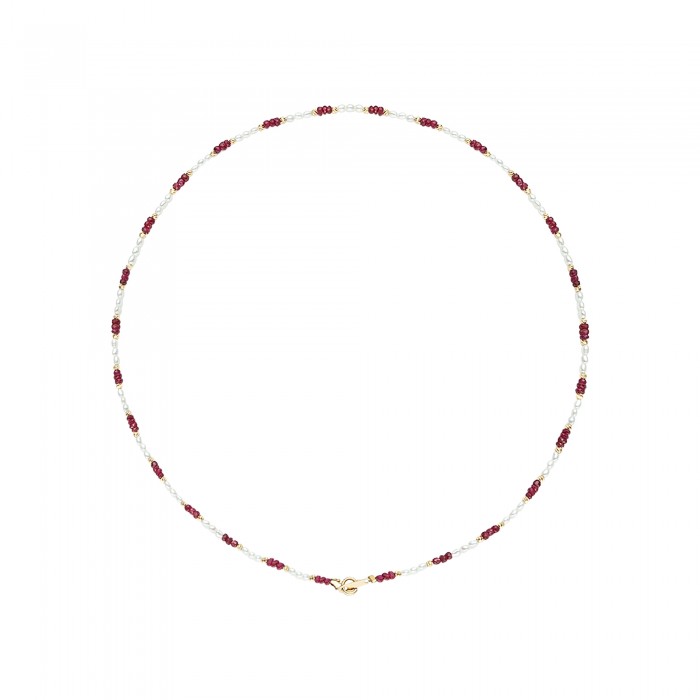
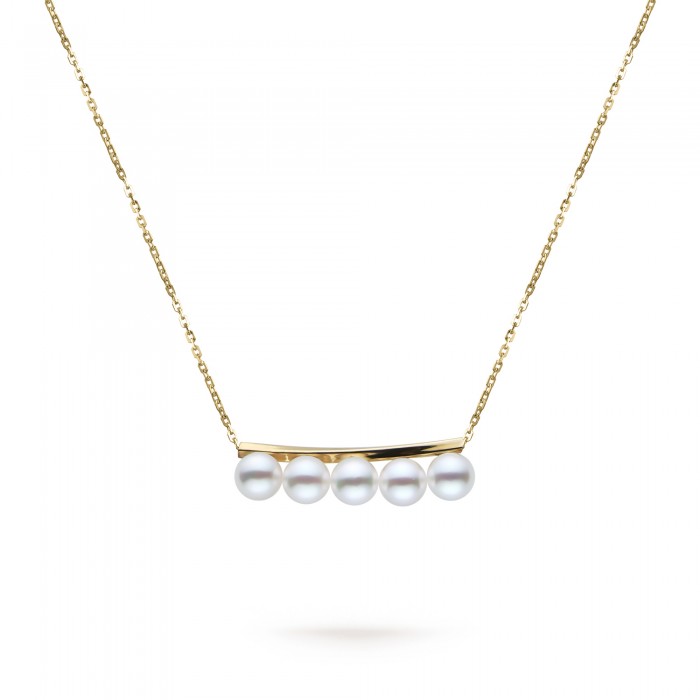
Leave a Comment